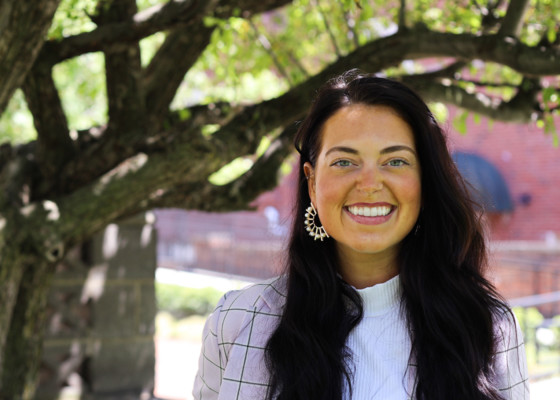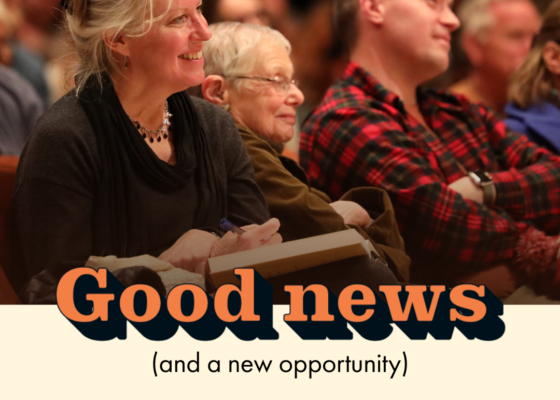Reflections on the Water/Ways traveling exhibit in northern Indiana
July 15, 2022At the beginning of 2022, Indiana Humanities announced the addition of five new host sites for Water/Ways, the Smithsonian-curated traveling exhibit. On July 23, it will move to its final…
At the beginning of 2022, Indiana Humanities announced the addition of five new host sites for Water/Ways, the Smithsonian-curated traveling exhibit. On July 23, it will move to its final location in northern Indiana, the Culver-Union Township Public Library.
Water/Ways is an interactive exhibit that dives into the roles bodies of water play as cultural and physical borders. This initiative creates opportunities for education, reflection and advocacy for the surrounding, generational water that shapes communities.
Other northern Indiana communities that have previously hosted Water/Ways include Cedar Lake, North Webster and Rolling Prairie. Representatives from each location took time to reflect on the experience and what it meant to their community.
Greg Coulter, with the Old Lighthouse Museum and Michigan City Historical Society, was a core member of the team that organized the LaPorte County Water/Ways stop in Rolling Prairie. In addition to encouraging his team to apply for the Water/Ways exhibit, Coulter also served as the exhibit’s humanities scholar and author of LaPorte County’s companion exhibit, On the Water.
When asked what major themes were revealed through exploring the community’s history, Coulter said, “While organizing the project, I asked the team ‘Where do you go to feel close to nature?’ And the answers largely involved responses about water. I explored that theme along with the contradiction that many of the places that people feel closest to nature in LaPorte County are highly managed areas: the Grand Kankakee Marsh was dredged in the early 1900s, eliminating the marsh as engineers built the river. Other people suggested a closeness with nature at the beach in Michigan City, a space that exists because the current of the lake caused sand to accumulate to the point that the city built a park.”
In an effort to build upon the impact of the Water/Ways initiative and encourage the LaPorte community to explore their relationship with water, Coulter is currently working to raise funds to help create a short video about coastal change that explores how much of the beach was culled from the lake. The goal of the project is to introduce younger residents to the history of Michigan City while connecting them to the lakefront.
Julie Zasada, executive director of the Cedar Lake Historical Association and representative of the Cedar Lake Water/Ways site at The Museum at Lassen’s Resort, was enthusiastic about the response from visitors.
When asked what her favorite aspect of the program was Zasada said, “The community engagement. The timing was perfect as our town begins a dredging project to remove sediment from the lake this fall. The local exhibition we were able to produce, which stays in our museum and is a permanent exhibit, has been a fantastic teaching tool.”
Developing a positive, personal relationship with nature is spelled out in Cedar Lake’s exhibition: “Water is Life, Culture, and History in Cedar Lake. It is our responsibility to be good stewards for future generations. … Our future has not been written. It is up to all of us to take care of our resource.”
Lyn Crighton is executive director of the Watershed Foundation, which co-hosted he exhibit with the North Webster Community Public Library. Crighton shared, “The exhibit helped residents and visitors realize how lucky we are to have the abundant and healthy freshwater that we generally take for granted in our area.”
She encourages everyone to “slow down, get outside and breathe. Look around you and soak in the magic and beauty of the natural world.”
Steuben County served as the second-to-last northern Indiana site, as they conclude hosting the Water/Ways traveling exhibit at the Carnegie Public Library on July 17, 2022.
Learn about Steuben County’s connection with water and historic, natural landforms while you still can! Check out their website for more information.
There is still time to explore different communities’ watershed stories. Click here to find a location near you and follow @INHumanities on all social channels to stay connected.



